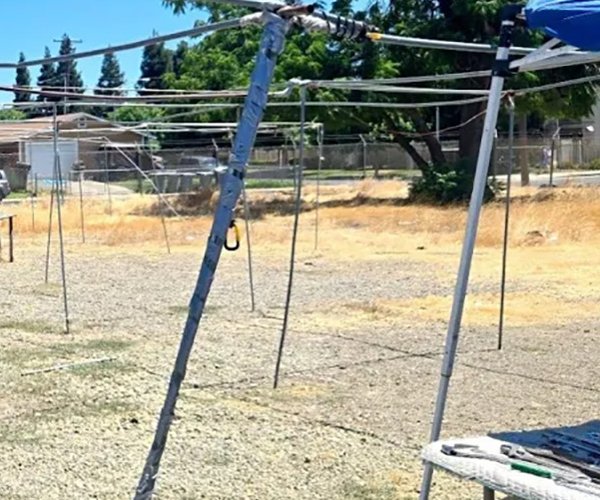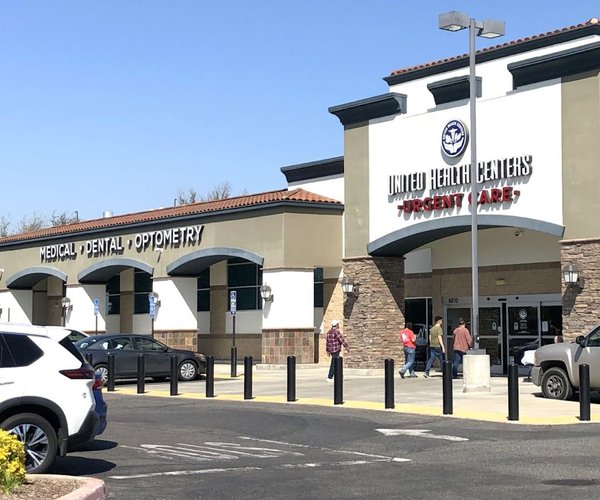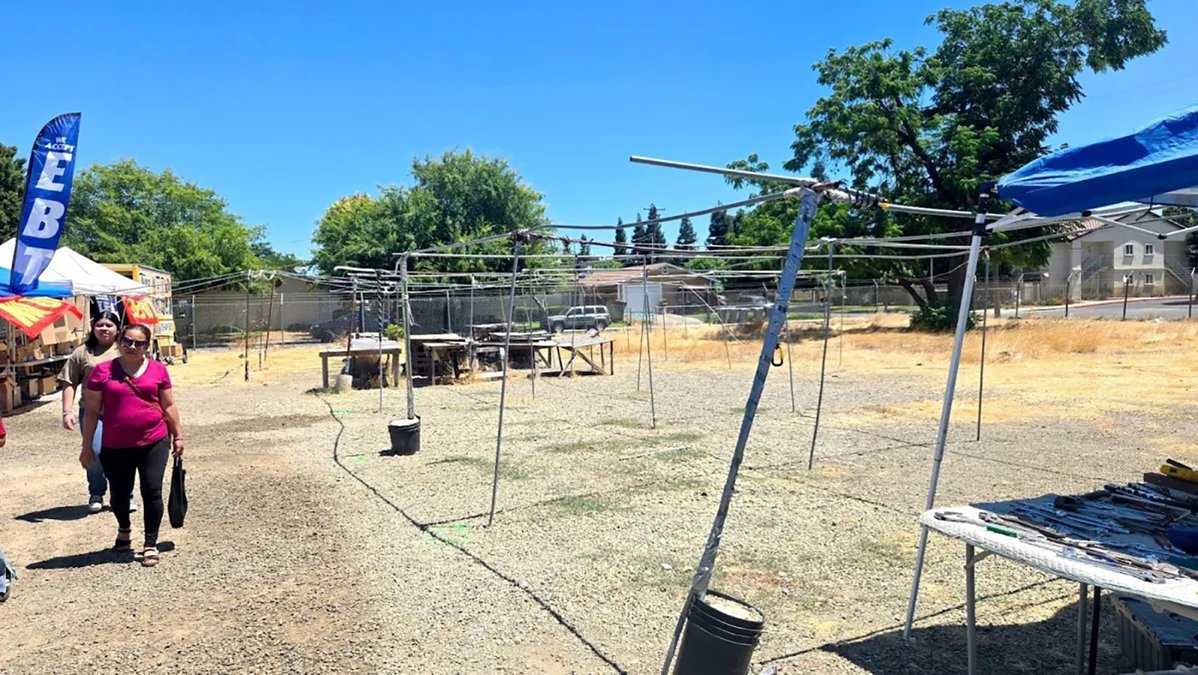The San Joaquin Valley Blueprint Process held a public forum last week to discuss the challenges of implementation of the preferred scenario (B+) and how it got selected for the Valley.
Low staffing due to budget cuts is just one obstacle to implementation of the blueprint, said Lila McIver, research and communications specialist at the Great Valley Center.
“It is a huge challenge with the budget cuts,” McIver said. “We have a real need for technical expertise in planning departments. We can’t substitute that.”
The low number of staff in planning departments makes implementing this preferred scenario not safe, she said. They have specific experience with planning that no one else can really do.
Another challenge is the land planning capacity of local agencies in which Fresno, Visalia, and Clovis planning and development departments have been reduced by 50 percent.
Poverty and the struggling economy in the Valley was another challenge mentioned with the average per capita income 32.2 percent lower than the state average.
To move forward with implementation, the Valley Blueprint Process is looking for financial resources to start the implementation with all levels of government participating; identification of training requirements for elected professional staff and the public; and educational curriculum tools to better inform the public of the preferred scenario.
One of the concerns from the public at this forum was how involved the government would be in helping financially support this blueprint implementation, McIver said. The Blueprint Process plans to really push this issue with the state highlighting how critical this planning is to the long range blueprint planning.
The preferred scenario is focusing on planning the Valley for the year 2050.
There is a lot of focus on the progress on in-field development and development with higher densities, McIver said. Along with increasing densities, they are looking at a decrease in gashouse emissions, an increase of production for agriculture land and a decrease in vehicle travel.
With all of these aspects in mind, the Blueprint is preparing for an increase in population within the Valley from 3.9 million in 2009, to 9.5 million in 2050. When selecting the preferred scenario, blueprint planners kept in mind the 12 smart growth principles to better prepare the Valley for the future, McIver said.
The San Joaquin Valley Blueprint Planning Process is a joint effort of the Council of Fresno Governments, the Kern Council of Governments, the Kings County Association of Governments, Madera County Transportation Commission, the Merced County Association of Governments, San Joaquin Council of Governments, Stanislaus Council of Governments, the Tulare County Association of Governments and the Great Valley Center.
To contact Maegan Martens, e-mail mmartens@turlockjournal.com or call 634-9141 ext. 2015.
Low staffing due to budget cuts is just one obstacle to implementation of the blueprint, said Lila McIver, research and communications specialist at the Great Valley Center.
“It is a huge challenge with the budget cuts,” McIver said. “We have a real need for technical expertise in planning departments. We can’t substitute that.”
The low number of staff in planning departments makes implementing this preferred scenario not safe, she said. They have specific experience with planning that no one else can really do.
Another challenge is the land planning capacity of local agencies in which Fresno, Visalia, and Clovis planning and development departments have been reduced by 50 percent.
Poverty and the struggling economy in the Valley was another challenge mentioned with the average per capita income 32.2 percent lower than the state average.
To move forward with implementation, the Valley Blueprint Process is looking for financial resources to start the implementation with all levels of government participating; identification of training requirements for elected professional staff and the public; and educational curriculum tools to better inform the public of the preferred scenario.
One of the concerns from the public at this forum was how involved the government would be in helping financially support this blueprint implementation, McIver said. The Blueprint Process plans to really push this issue with the state highlighting how critical this planning is to the long range blueprint planning.
The preferred scenario is focusing on planning the Valley for the year 2050.
There is a lot of focus on the progress on in-field development and development with higher densities, McIver said. Along with increasing densities, they are looking at a decrease in gashouse emissions, an increase of production for agriculture land and a decrease in vehicle travel.
With all of these aspects in mind, the Blueprint is preparing for an increase in population within the Valley from 3.9 million in 2009, to 9.5 million in 2050. When selecting the preferred scenario, blueprint planners kept in mind the 12 smart growth principles to better prepare the Valley for the future, McIver said.
The San Joaquin Valley Blueprint Planning Process is a joint effort of the Council of Fresno Governments, the Kern Council of Governments, the Kings County Association of Governments, Madera County Transportation Commission, the Merced County Association of Governments, San Joaquin Council of Governments, Stanislaus Council of Governments, the Tulare County Association of Governments and the Great Valley Center.
To contact Maegan Martens, e-mail mmartens@turlockjournal.com or call 634-9141 ext. 2015.









